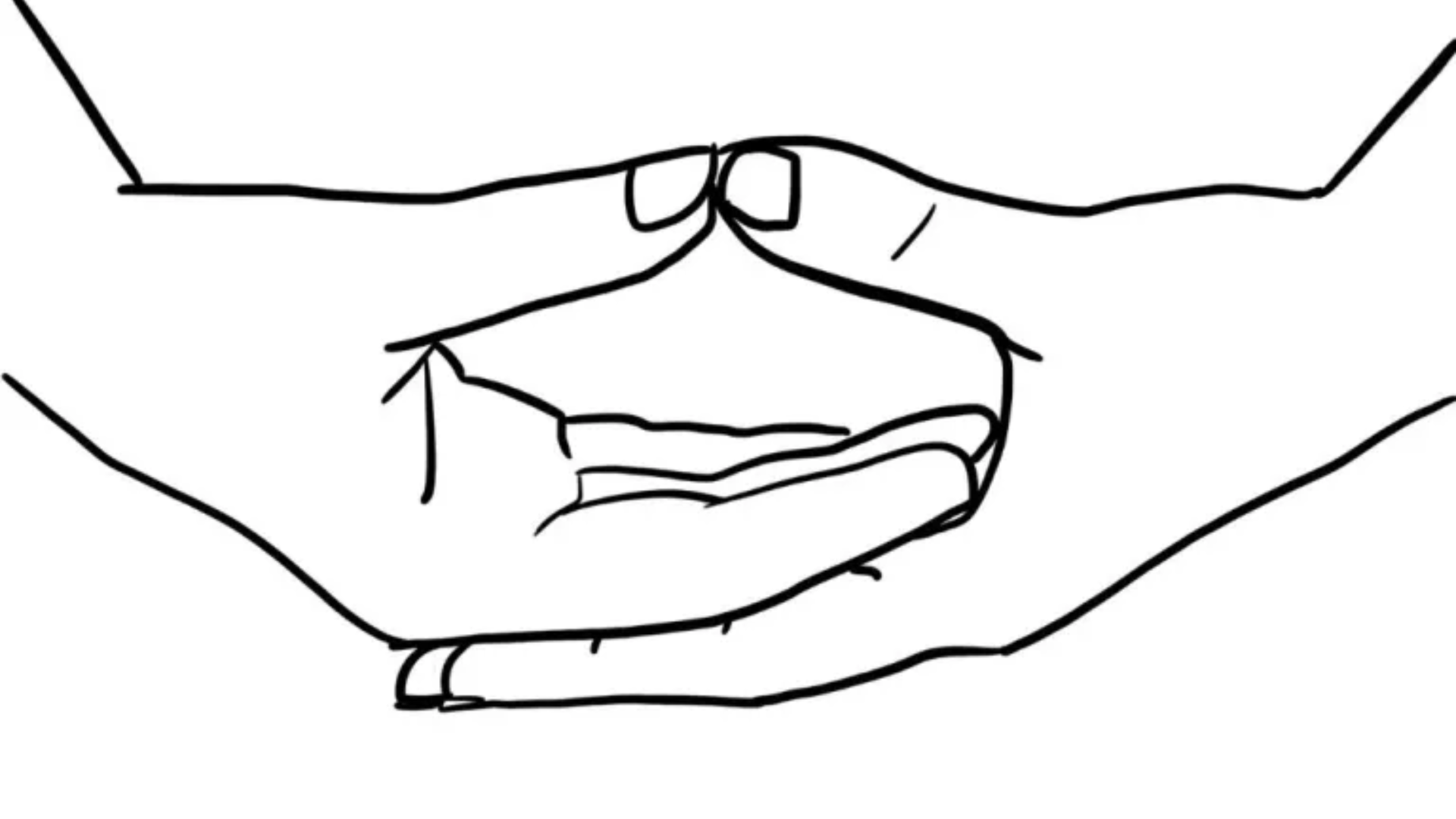
Meditation can be a game-changer for your mental health and overall well-being. One essential aspect of meditation is the use of mudras, or hand gestures, to channel energy and focus. Among these, Dhyan Mudra stands out as a powerful tool to deepen your practice and cultivate inner.
What is Dhyan Mudra?
Dhyan Mudra, also known as the meditation gesture, is a symbolic hand gesture commonly used in various forms of meditation. The term “Dhyan” means meditation or contemplation in Sanskrit, and “Mudra” means seal or gesture. This mudra is often depicted in statues and images of Buddha and other enlightened beings, symbolizing the attainment of inner peace and concentration.
How to Perform Dhyan Mudra
Practicing Dhyan Mudra is simple, yet its effects can be profound. Here’s a step-by-step guide to help you get started:
Find a Comfortable Seat: Sit down in a comfortable position, either cross-legged on the floor or in a chair with your feet flat on the ground. Ensure your spine is straight and your shoulders are relaxed.
Rest Your Hands: Place your hands on your lap, palms facing upward. Your right hand should rest on top of your left hand, and the tips of your thumbs should touch lightly, forming a circle.
Align Your Posture: Make sure your hands are close to your body, with your arms relaxed and your elbows slightly bent. This position should feel natural and comfortable.
Focus on Your Breath: Close your eyes and take a few deep breaths to settle into the posture. Focus on your breathing, allowing it to become slow and steady.
Begin Your Meditation: With your hands in Dhyan Mudra, start your meditation practice. You can focus on your breath, a mantra, or simply observe your thoughts without attachment.
The Benefits of Dhyan Mudra
Incorporating Dhyan Mudra into your meditation practice can offer numerous benefits, enhancing both your mental and physical well-being. Here are some key advantages:
Enhanced Concentration: Dhyan Mudra helps center your mind, making it easier to focus and maintain concentration during meditation.
Inner Peace: This gesture encourages a state of tranquility and calmness, helping to reduce stress and anxiety.
Balanced Energy: By joining the tips of your thumbs, Dhyan Mudra creates a circuit of energy that promotes balance and harmony within the body.
Improved Posture: Holding this mudra naturally encourages a straight spine and proper alignment, which can alleviate physical discomfort during prolonged meditation sessions.
Mental Clarity: Regular practice of Dhyan Mudra can lead to greater mental clarity, allowing you to think more clearly and make better decisions.
Spiritual Growth: This mudra is associated with deep meditation and spiritual awakening, helping practitioners connect with their inner selves and achieve higher states of consciousness.
Tips for Practicing Dhyan Mudra
To make the most of your Dhyan Mudra practice, keep these tips in mind:
Consistency is Key: Practice regularly to experience the full benefits. Even a few minutes each day can make a significant difference.
Create a Sacred Space: Find a quiet, peaceful place for your meditation practice to minimize distractions.
Be Patient: Meditation is a journey, and it may take time to experience profound effects. Be patient and compassionate with yourself.
Combine with Other Techniques: Feel free to combine Dhyan Mudra with other meditation techniques, such as guided meditations or breathing exercises, to enhance your practice.
It’s here Chin Mudra How to Do It and What Are the Benefits
FAQS
Can Dhyan Mudra be practiced by beginners?
Absolutely! Dhyan Mudra is simple and can be practiced by anyone, regardless of their meditation experience.
How long should I hold Dhyan Mudra?
There’s no strict time limit. Start with a few minutes and gradually increase the duration as you become more comfortable.
Can I practice Dhyan Mudra in any position?
While it’s traditionally practiced in a seated position, you can also use Dhyan Mudra while lying down or standing, as long as you maintain a relaxed posture.

